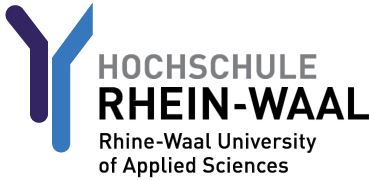Project Background
Abstract
This thesis detailed the process adopted for the development and implementation of an open source workflow to map specific weed species in native grasslands using aerial RGB images. The research conducted was multidisciplinary in nature and was part of a funded project known as SPECTORS.
The primary research objective was to develop a system with minimum human inputs to support organic farmers and nature conservancies in site-specific management. The research involved extensive field investigations, data analysis, workflow design, algorithms development and system validation, which were described in a paper accepted by the European Journal of Remote Sensing that shared the same title as this thesis.
The open source workflow developed in this research consists of two steps: (1) a two-levelled object-based approach that was used to generate labelled data, and (2) a convolutional neural network (CNN) model that was trained on the generated data. The trained classifier was later combined with a sliding window and was proved to have extremely low false positive rate in weed mapping.
The outcomes of this research have significantly contributed to the aerial remote sensing domain in the area of grassland management. The developed workflow not only provides site managers a potential weed mapping system that is affordable and robust, but also encourages researchers to explore the differences and probable transition between traditional object-based approach and recent deep learning approach.
Keywords: weed mapping; grassland management; open source; unmanned aerial vehicle (UAV); neural network


